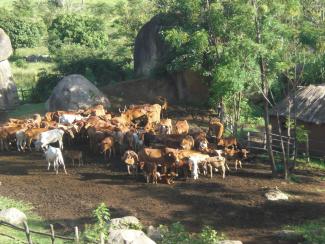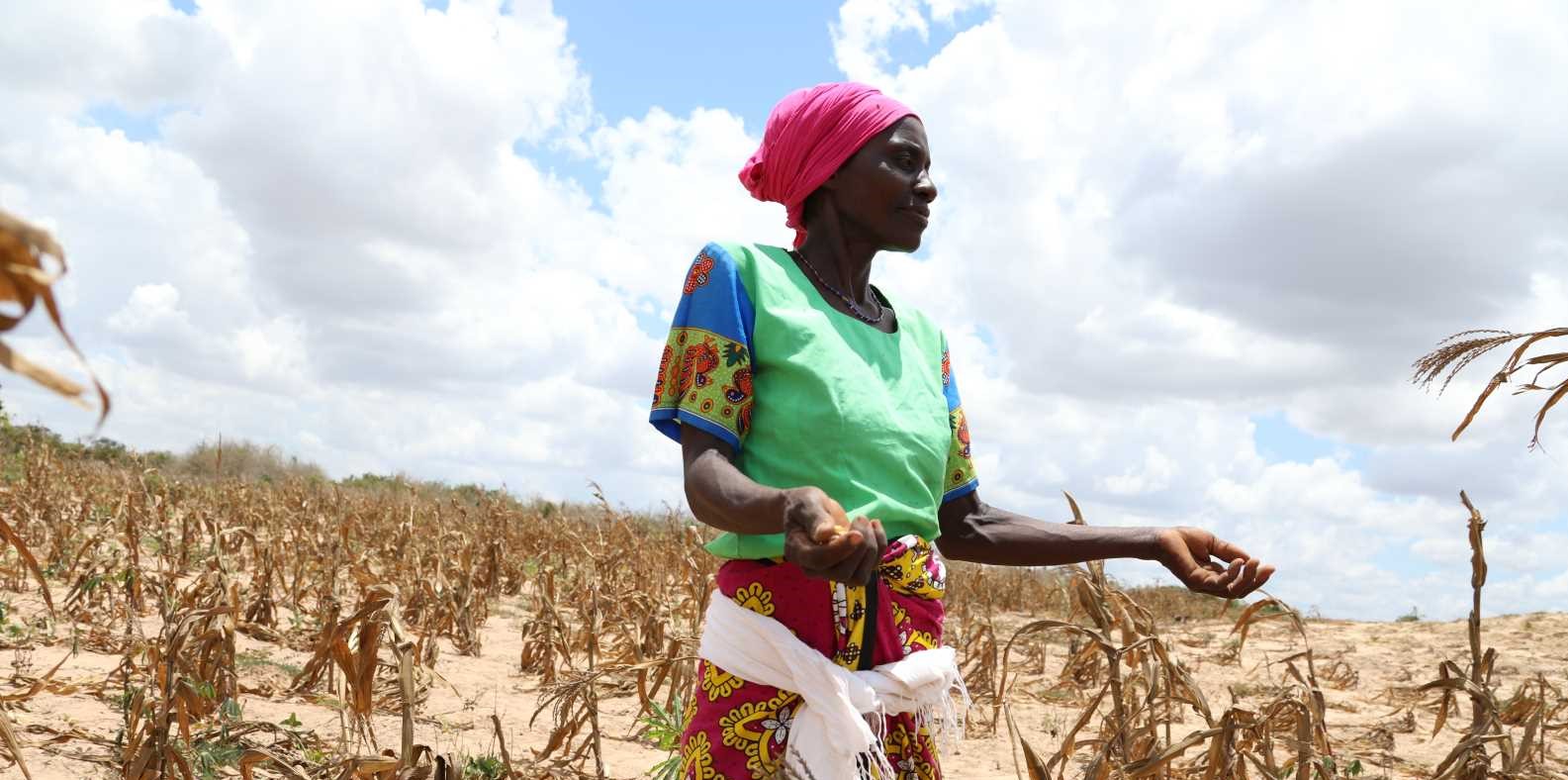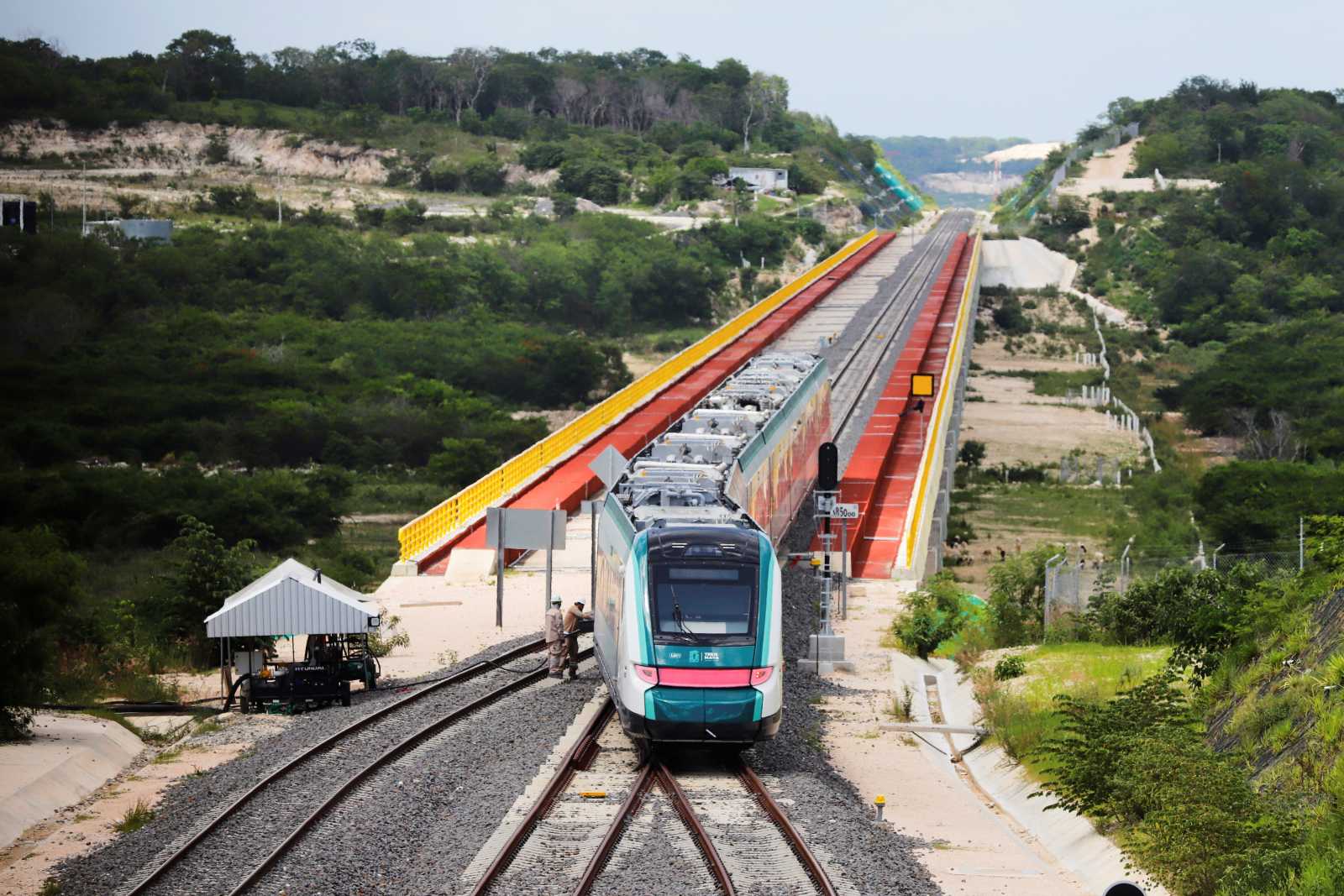Food security
Wasting valuable grains

Natural resources are scarce. Land and water to cultivate crops and raise livestock are fought over in many countries. However, immense quantities of food are lost or wasted every year. In a recent study called “Food wastage footprint: impacts on natural resources”, the Food and Agriculture Organisation of the United Nations (FAO) analyses how and where exactly the environment is affected.
One of the direct effects is that land is used uselessly: the food produced there is never eaten. The FAO speaks of almost 1.4 billion hectares or around 30 % of the world’s agricultural land. To make it arable, virgin forests were cut down and biodiversity lost. It is difficult to quantify the loss of biodiversity in economic figures, but the price of food is known. According to the FAO, the producer prices of the lost food amount to $ 750 billion, equivalent to the GDP of Switzerland.
This food, however, is badly needed, since one in eight persons in the world does not get enough food to live a healthy life. The global wastage undercuts efforts to secure sustainable food security for all of humankind. Food loss, food waste and food wastage are not the same. The authors of the study use the following definitions:
- Food loss refers to a decrease in quantity or nutritional quality of food that was originally meant for human consumption. Food loss is mainly caused by inefficiencies in supply chains (poor infrastructure, inadequate logistics, lack of capacities and technology, bad management et cetera). Lack of market access also matters, and so do natural disasters.
- Food waste refers to food appropriate for human consumption being discarded.
- Food wastage refers to both categories.
The FAO has designed a Food Wastage Footprint model (FWF) to answer two key questions: what impact does food wastage have on the environment; and what are the main reasons? The idea is to identify “environmental hotspots” of food wastage in terms of regions, commodities and supply-chain phases.
Food wastage occurs in every continent, but in different settings. Losses at the earliest stage – agricultural production – are highest in low-income regions like South Asia or sub-Saharan Africa, but also surprisingly high in Europe. Losses at the postharvest stage of handling and storage are highest in South & Southeast Asia, but also considerable in sub-Sahara Africa. Losses at the processing and distribution stage are not very serious anywhere in the world, whereas waste at the consumption stage is highest by far in North America, Europe and in industrialised Asian nations (China, Japan, South Korea).
In developing countries, the main reasons for losses are poor infrastructure and logistics as well as weather. In affluent countries, the main reason is careless consumers.
The authors also calculated the carbon footprint of the wastage. It was highest for cereals, because so much grain is grown. It was second highest for meat, which is not wasted much, but has a huge carbon footprint in production. Per capita, the carbon footprint of food wastage is highest in North America and Oceania, the FAO study shows.
Water wasted on the production of wasted food equally has an environmental impact. Per capita, North America tops what the FAO calls the “blue water footprint” of food wastage. Blue water refers to the consumption of surface and groundwater resources. If one takes local water scarcity into account, food wastage has the most negative environmental impact in North Africa and West and Central Asia.
Food wastage must be reduced for another reason, as the FAO points out. It is estimated, that the agricultural output must increase by 60 % to feed a growing and increasingly prosperous world population. To the extent wastage is stemmed, production need not increase.
Sheila Mysorekar













